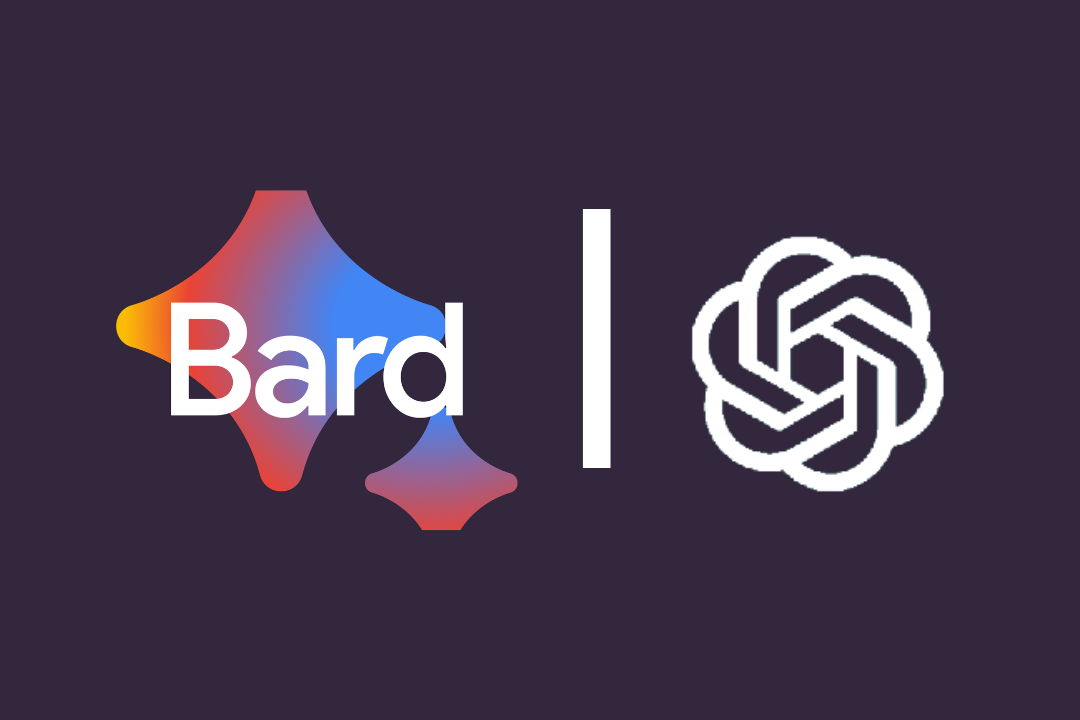Google has recently made its incredible AI chatbot Bard available in over 180 countries. The IT titan has also incorporated a slew of new features to improve the user experience. The advancement comes as OpenAI’s ChatGPT is making waves across industries with its exceptional capabilities.
Google introduced Bard in March as a competitor to ChatGPT, which has made tremendous progress in responding to natural language questions with highly thorough human-like answers. Since its inception, Bard has caught the imagination of many computer aficionados. Comparisons to ChatGPT are unavoidable.

Why Choose Bard?
1. Free of Cost
Google Bard is free and accessible through https://bard.google.com/
2. Bard and the Internet’s Power
ChatGPT does not come with internet access by default. To use the internet, one may need to have web-browsing capability. Google Bard, on the other hand, comes with Internet connectivity, giving it an advantage over its OpenAI equivalent. Bard is trained using a vast dataset of text and code, as well as data from the internet. This enables the chatbot to provide thorough and useful responses to questions. It can provide you with the most recent news as well as information from the Internet.
An attempt to get Bard to show us the day’s top news showed that several of the news items were inaccurate. It should be mentioned that Bard is currently in the testing phase. The chatbot includes the disclaimer, “Bard may display inaccurate or offensive information that does not represent Google’s views,” directly beneath the text input field.
3. Availability on Smartphone
Perhaps the most significant downside of ChatGPT is the lack of a mobile version, at least not yet. Although many people have used ChatGPT via browsers on their cellphones, a specialised application provides the most ease. While Google Bard will not be available on your smartphone, the search engine intends to incorporate the chatbot into more Google products and services, making them available to smartphone users.
4. Response in the form of Images
While ChatGPT is effective at creating detailed text responses, it falls short of delivering graphics in response. This could also be because OpenAI has other qualities capable of producing graphics, such as Dall-E. Google Bard, on the other hand, can provide visuals in its written response. Although Google demonstrated this functionality at the I/O event, when we used prompts such as ‘great places to visit in Kerala,’ it did not return any photographs. Perhaps the feature is being phased in over time.
5. Host of Plugins
Google has revealed that Bard will include plugins for Walmart, Spotify, Uber Eats, Adobe Firefly, and a variety of other Google Apps. It should be noted that OpenAI released similar plugins for ChatGPT in March of this year. The main difference is that ChatGPT plugins are only available to individuals who have a ChatGPT Plus subscription, which costs $20 per month.
6. Image Prompts
This is possibly Bard’s most notable feature. Users will be able to utilise photographs as prompts or scan images with Google Lens to accomplish the same thing. For example, if a user is stranded with craft supplies and doesn’t know what to do with them, he or she can simply click an image and ask Bard what to do. The chatbot will immediately generate craft suggestions. This is obviously a step forward in improving AI chatbot prompts.
7. Voice Prompts
ChatGPT is a long way from image and audio cues, but Google’s Bard appears to provide them to its customers. While multitasking, using voice to deliver cues can be a convenient way to elicit responses. This may be the first time that speech is utilised as a prompt on an AI chatbot, clearly outperforming the competition.
8. Export Results to Gmail and Docs
This tool will be useful for sharing Google Bard results with friends and coworkers. Users will be able to view the like, dislike, and share buttons beneath each response. In Gmail, the share button will feature the options Export To Docs and Draughts. Composing emails would be a breeze with these export features. Although ChatGPT includes a number of addons for comparable functionalities, Bard includes export functionality by default.
9. Search Enhancement
Google Bard gives consumers more control over confirming the information they are looking for. Users are given the opportunity to Google Search their prompts with each response, in addition to the like, dislike, and share. Simply clicking on the Google icon will open a Search Related Topics box with appropriate search terms. By clicking on the themes, you will be taken to another page that displays search results in the usual manner. ChatGPT currently lacks a means for obtaining live search results.
10. Power of Gmail
One of the most significant advantages of Google Bard may be its integration with Gmail. Over 2 billion people already use email, and having access to an AI chatbot in the mail will change email interactions. Therefore, this capability could be useful in professional dealings. Google Bard can quickly draught a proposition or send an invitation in Gmail.
11. Bard of Coding
Further, with support for almost 20 programming languages, Bard outperforms ChatGPT in this category. C++, Python, Java, TypeScript, JavaScript, and other languages are among them. Google also claims that Bard will be able to assist professionals with code production, explanation, and debugging. ChatGPT has yet to master this skill. OpenAI’s Codex might be better suited for this purpose.
Conclusion
To summarize, Google Bard and ChatGPT are excellent AI chatbots with their own strengths and weaknesses. Bard’s internet access, mobile integration plans, image generation, and programming support give it a competitive edge. On the other hand, ChatGPT excels in generating comprehensive text responses and has a robust plugin system. Users should consider their specific requirements and preferences when choosing between these two AI chatbots, weighing factors like internet access, mobile compatibility, image support, and programming capabilities.
Found this useful? You might want to read this as well: –